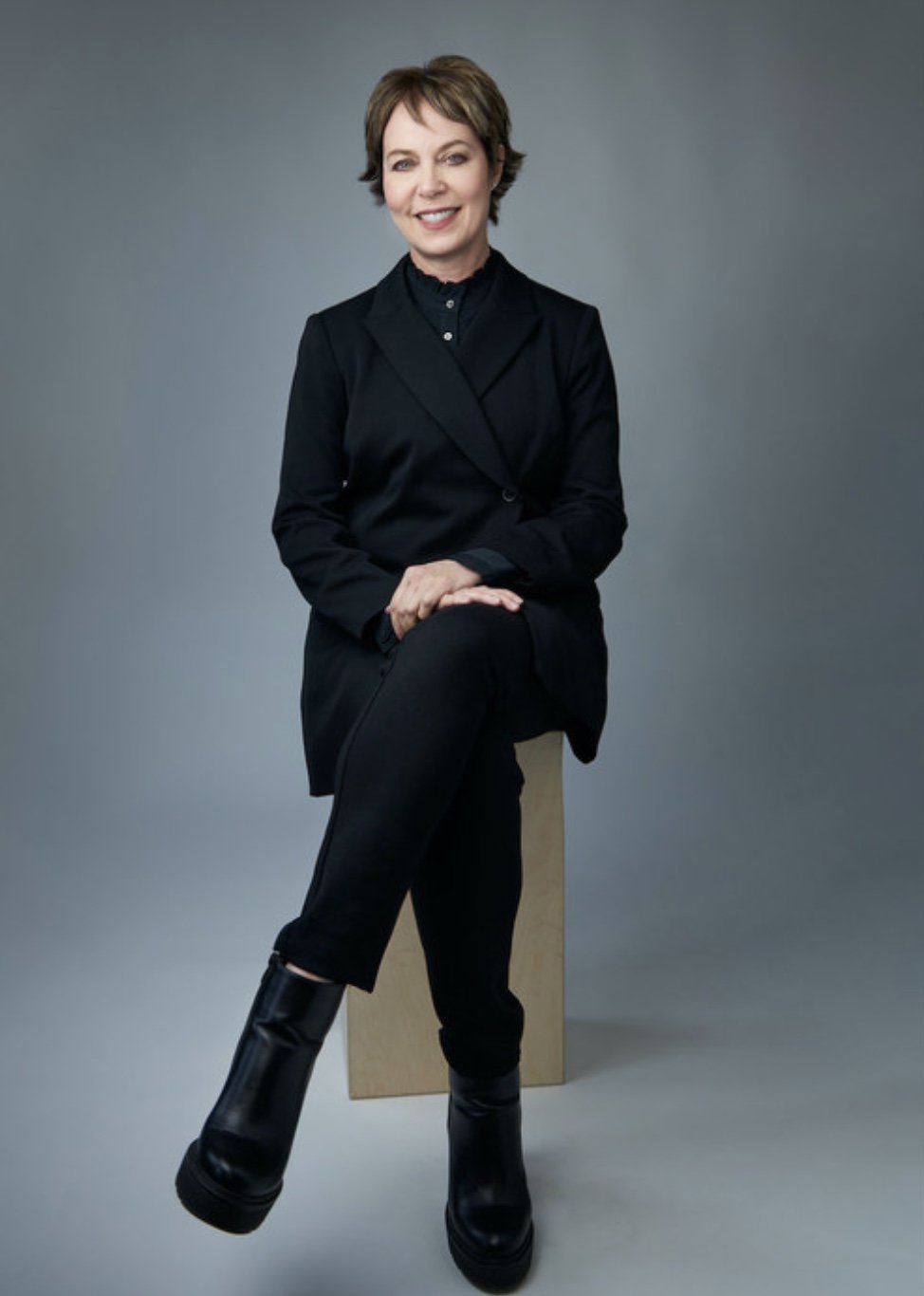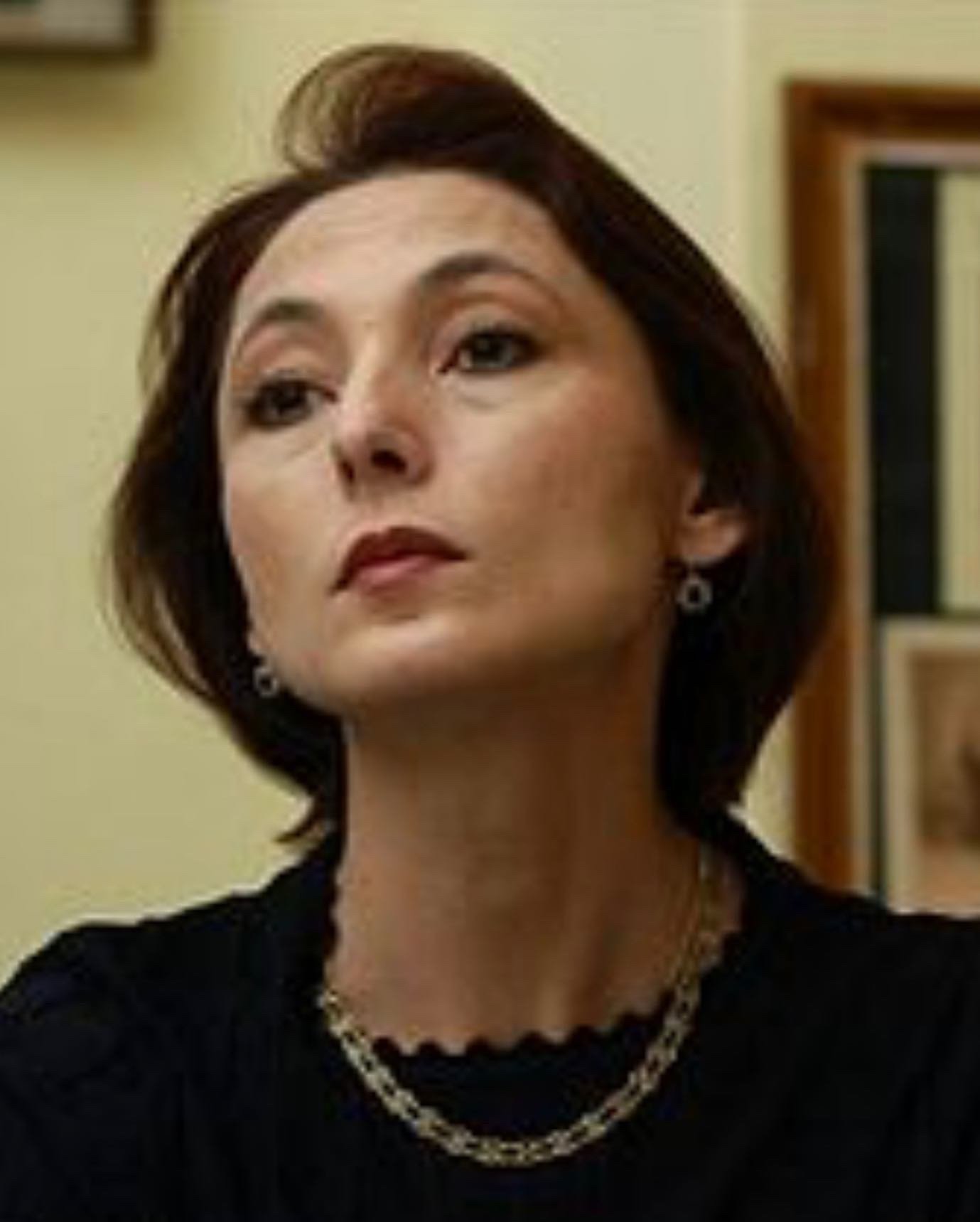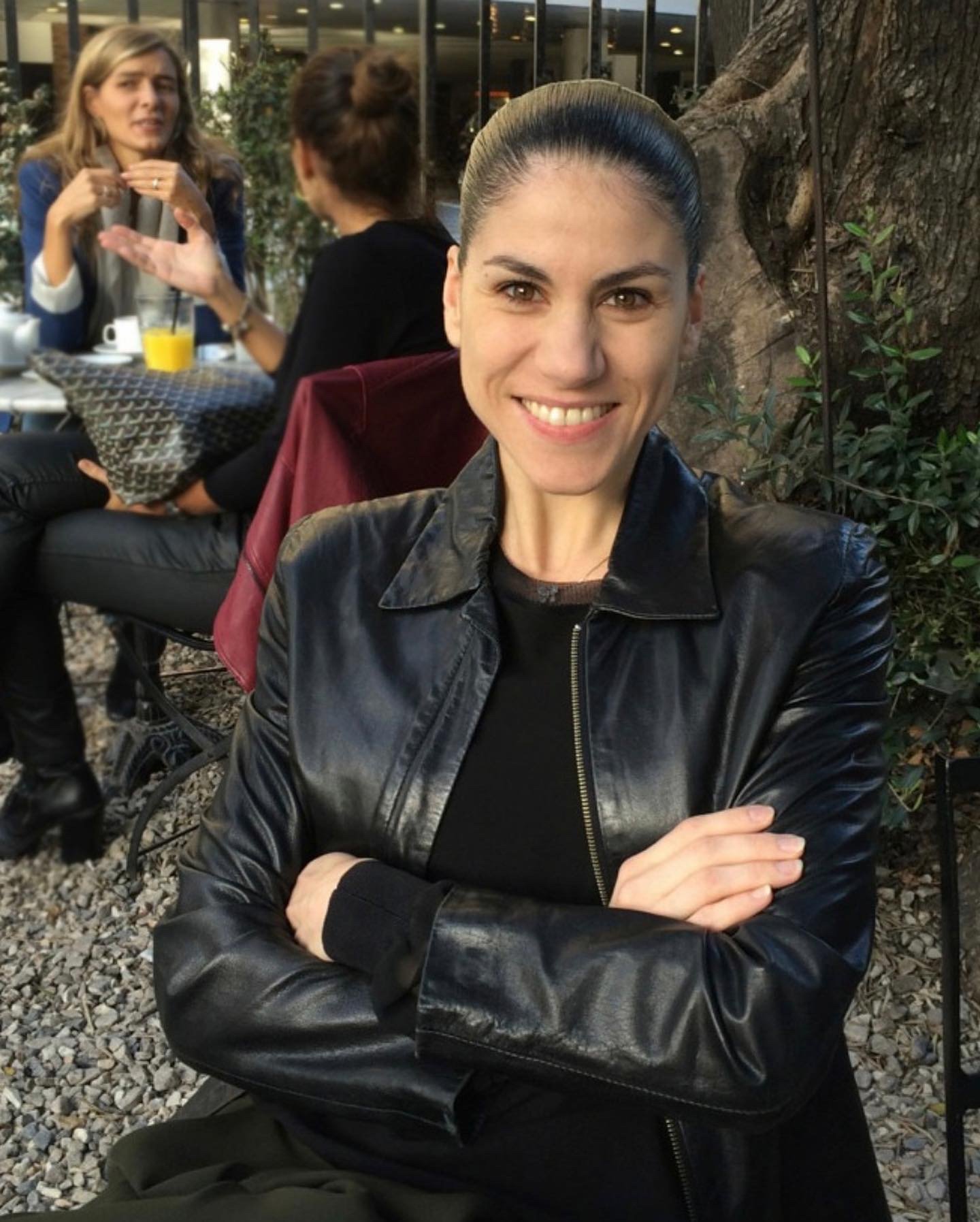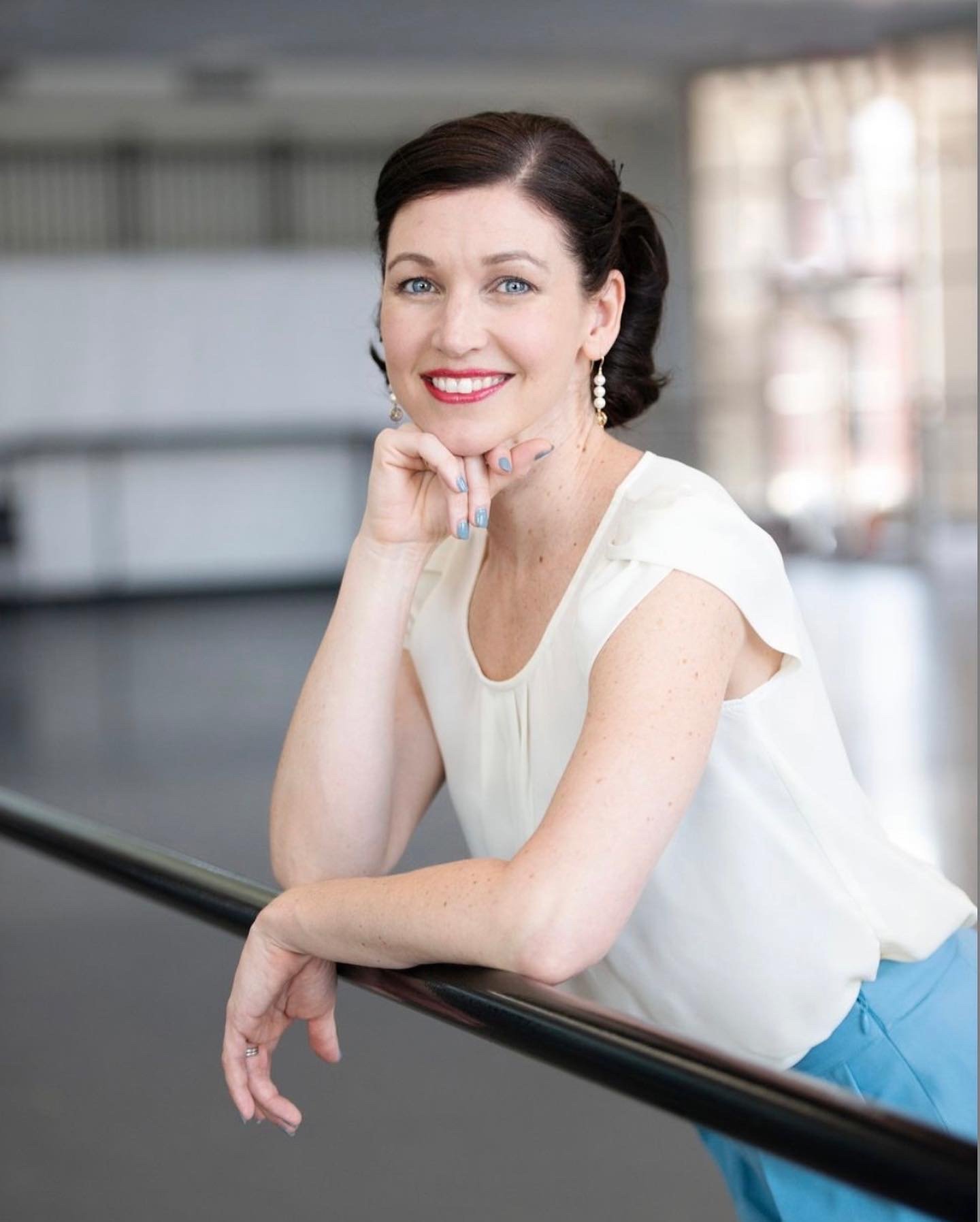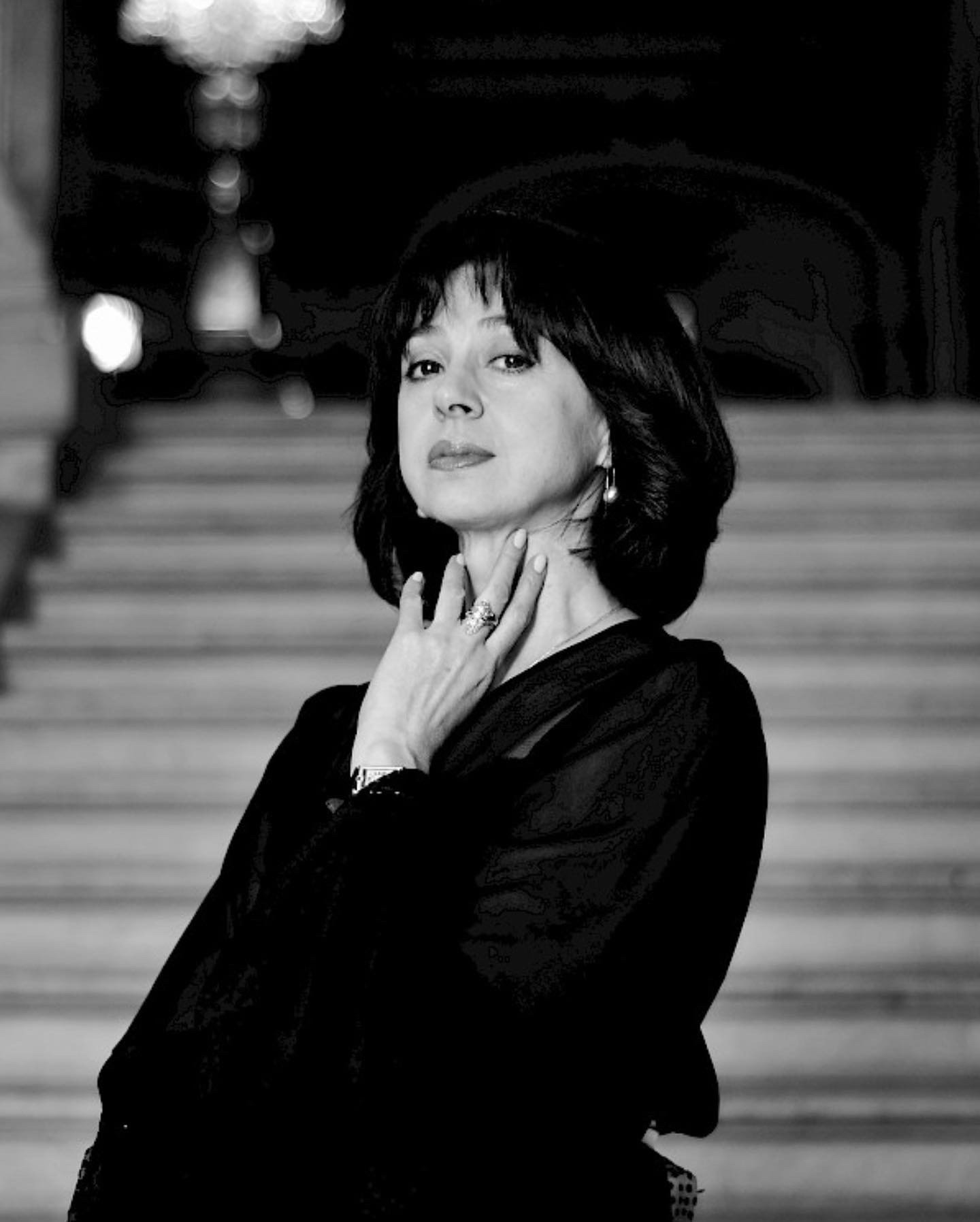Women Transforming Twenty-first Century Ballet: Susan Jaffe and Tamara Rojo
For Teddy Blackburn.
I.
The appointment of Susan Jaffe as artistic director of American Ballet Theatre was announced on Monday 9. This is one of a striking series of appointments of women to top directorial posts in ballet over the last ten years: in 2012, Tamara Rojo to English National Ballet, Ingrid Lorentzen to Norwegian National Ballet, Lourdes Lopez to Miami City Ballet (actually, she celebrated her tenth anniversary in office last week), and Karen Russo Burke to Dayton Ballet; in 2014, Gladisa Guadalupe to Cleveland Ballet, Kang Sue-jin to Korean National Ballet, and Simone Orlando to Ballet Kelowna, Vancouver, Canada; in 2015, Altynai Asylmuratova to the ballet company of Astana Opera, Kazakhstan, and Eleonora Abbagnato as “director of the corps de ballet” to the Rome Opera Ballet; in 2016, Aurélie Dupont to the Paris Opera Ballet, Katrin Hall to Sweden’s Göteborgs Operans Danskompani, and Julie Kent to the Washington Ballet; in 2017, Paloma Herrera to the ballet of the Teatro Colón, Argentina (a post she subsequently left), Patricia Barker to the Royal New Zealand Ballet, and Hope Muir to the Charlotte Ballet, North Carolina (a post she left this year); in 2018, Madeleine Onne to Finnish National Ballet, Amy Seiwert to Sacramento Ballet (Seiwert then departed in 2020), Claire Bayliss Nagar to Israel Ballet, and Debbie Turner to Cape Town City Ballet as CEO, while Victoria Lyras became founding artistic director of Indianapolis Ballet; in 2019, Kathleen Breen Combes to Festival Ballet Providence, Bridget Breiner to the Badisches Staatstheater Karlsruhe, Elisa Carrillo Cabrera as co -director to the National Dance Company of Mexico, and Jennifer Martin at Eugene Ballet, Oregon; in 2020, Susan Jaffe to Pittsburgh Ballet Theatre (a post she will leave during 2022), Miyako Yoshida to the National Ballet of Japan, Emily Molnar to Nederlands Dans Theater, and Clotilde Vayer to the ballet of the Teatro San Carlo in Napoli, Italy; in 2021, Nina Poláková to the Ballet of the Slovak National Theatre, Sofiane Sylve to Ballet San Antonio, Texas, Alexandra Damiani to Les Ballets Jazz de Montréal, Linda-Denise Fisher-Harrell to Hubbard Street Dance Chicago, Laurel Jenny Winton as founding artistic director of Dance Aspen, Margaret Mullin to Ballet Tucson, and María Kowroski as acting artistic director of New Jersey Ballet. (Victoria Morgan has been artistic director of Cincinnati Ballet for twenty-five years; when she steps down this year, she will be replaced by another woman, Jodie Gates. In Virginia, Stoner Winslett has been artistic director of the Richmond Ballet since 1980; she founded it. In Ireland, Anne Maher has been artistic director of Ballet Ireland since 1998, when she co-founded that. In Tbilisi, Nina Ananiashvili has been artistic director of the State Ballet of Georgia since 2004. In Philadelphia, Christine Cox has co-directed, then directed, BalletX since she co-founded it in 2005; in, California, Colleen Neary has been artistic director of the Los Angeles Ballet since 2007; and Celia Fushille has been artistic director of Smuin Contemporary Ballet since 2007. Kate Thomas has been Ballet Neo’s artistic director since founding it in 2008, Virginia Johnson of Dance Theatre of Harlem since 2009, Tracey Alvey of Alabama Ballet since 2010. Does anyone know when Erna Ómarsdóttir became artistic director of the Iceland Dance Company?) To top all those, this year has already seen the appointments of Rojo to San Francisco Ballet, Gates to Cincinnati Ballet, Hope Muir to the National Ballet of her native Canada; and now Jaffe to the company to which she gave much of her career, American Ballet Theatre. (In 2021, Cathy Marston was announced for Ballett Zürich, starting in 2023.) When we view this trend in conjunction with the 2019 appointment of Wendy Whelan as associate artistic director of New York City Ballet and with the new international wave of female choreographers, we can see the possible beginning of a transformation of ballet.
There is, heaven knows, vast scope for transformation. In the last century, George Balanchine said that “Ballet is woman”, but he invited very few women to choreograph for New York City Ballet; and he seems never to have considered any woman to be his successor in running his company. In this century, the choreographer Pam Tanowitz has said “Ballet is a man’s view of woman.” Whether you buy Balanchine’s line or Tanowitz’s, this idea that “Ballet is (a man’s idea of) woman” sounds like a definition of how ballet has always been - but no. Ballet - at least the kind that began in the French courts - had really begun as (a man’s view of) man. Between 1650 and 1800, certain leading male dancers were renowned as gods of dance (“dieux de la danse”), while certain top women were hailed as queens of dance (“reines de la danse”). (And France, the capital realm of ballet, was a country where queens were consorts to kings but never independently regnant.) Women (whose roles were initially danced by men anyway) added beauty, charm, drama, even brilliance, to adorn the baroque era’s heroic and gorgeous male vision of godlike masculinity in ballet; and a few of these women sometimes attracted more attention than men. In general, however, it was men who could (and did) do more. No wonder that in the mid-eighteenth century it was men who wore what we now call tutus. (They called them tonnelets.) That changed in the 1820s, when women began to do more, not least on point. The “ballet is woman” idea of the art arrived between 1827 (the debut of Marie Taglioni in Paris) and 1832 (the world premiere of La Sylphide) - but the effect was to make ballet more profoundly sexist than before. It became was the art most thoroughly predicated upon distinctions of gender.
The twentieth century brought some exceptional women pioneers - Anna Pavlova, Marie Rambert, Ninette de Valois, Lucia Chase, Celia Franca, others - who built and led important ballet companies; Balanchine gave crucial administrative work to Betty Cage and Barbara Horgan; and most dancers of most ballet companies have always been female, most students at most ballet schools too. Today, most ballet teachers are surely female (it would be fascinating to know when the number of Vaganovas surpassed that of Cecchettis). Even so, ballet’s sexism - often a sexism that privileged women performers - became only more entrenched.
A hugely disproportionate number of ballet choreographers and ballet directors has been male. Marius Petipa in the late nineteenth century and George Balanchine in the mid-twentieth established an orthodoxy of ballet classicism whereby the differences between masculine and feminine principles became more pronounced than ever. (The man may not rise on point; the woman may not partner the man.) Some fascinating and powerful roles were made for women - but ballet remains incapable of expressing equality in the workplace.
So yes, things have been changing in this century. The recent appointments of the women I’ve mentioned, and the recent commissions of choreography by women too numerous to mention, are good news for feminism. But only relatively speaking. Far more men than women are still running the shop, and far more men than women are creating new ballets.
II.
For those who have not already seen it, I recommend the global survey of dance leadership published in December 2021 by Dance Data Project: https://www.dancedataproject.com/wp-content/uploads/2021/12/2020-2021-GLobal-Ballet-Leadership-Report.pdf . Covering companies from Singapore to Winnipeg, its key findings - dated December 2021, please note - include these:
(i) Of one hundred and seventy-nine artistic directors of major ballet companies around the world, one hundred and nineteen (66%) were men, while fifty-nine (33%) were women. (One - 0.6% - was gender expansive.)
(ii) Of the artistic directors of the largest fifty American ballet companies, thirty-six were men (71%); fifteen were women (29%).
(iii) While the global overall proportion of female ballet artistic directors was 34%, the proportion of female artistic directors in the United States of America was 30%.
(iv) Globally, seventeen of the artistic directors at the largest twenty-six ballet companies (each with at least seventy-five dancers) were men (65%). Nine were women (35%).
(v) In each of the years 2018 - 2021, men accounted for the majority of newly appointed artistic directors.
When the report was published in December 2021, seven new artistic directors had already been announced for 2022 and later. Of those, three were women (43%), a higher rate than for any of the years 2018 - 2021. Five months have now passed. The appointments of Rojo, Gates, Muir, and Jaffe will have changed the above statistics. Not all jobs are now going to women, mind you: Alejandro Cerrudo was made artistic director of Charlotte Ballet North Carolina this spring and Federico Bonelli of Northern Ballet Theatre, U.K., Laurent Hilaire of Munich’s Bayerische Staatsballett this month, Steven Melendez of New York Theatre Ballet this year. We now await news of who will direct English National Ballet and Pittsburgh Ballet Theatre.
III.
Congratulations to Jaffe have been widespread this week. For those who don’t already know, she was a ballerina at American Ballet Theatre for three of its directors (1980-2002). She became a teacher in its JKO school (2002-2010), advisor to the company’s chairman of governing trustees (2002-2007), and director of its repertoire. She was dean of dance at University of North Carolina School of the Arts (2012-2020) before becoming artistic director of Pittsburgh Ballet (2020-2022). She has considerable experience as a choreographer for a number of companies and institutions. And she’s put in work on racial justice and equity in ballet’s hiring practices, and training programs.
At least on paper, there are few if any men - even among those already running ballet companies - so well qualified to run one of the world’s big companies. It’s often been observed outside ballet that women get places only if they do huge amounts of prep (and not always then), whereas a number of men have made it to the top by way of chutzpah, personality, charm, and impressive promises. Jaffe did the prep, and then some.
IV.
The job ahead of her, however, is borderline impossible. American Ballet Theatre has been aiming in all too many directions at the same time: it’s now suffering from multiple personality disorder. A.B.T., to use its popular acronym, is America’s national ballet company; it’s the only ballet company to play the New York Metropolitan Opera House; it’s the woman’s company; it’s the Ratmansky company; it’s the diversity company; it’s famous for having been the ultimate international-guest-star company, but in the last ten years it’s become the non-guest-star company.
To be specific about those points…. In 2006, A.B.T. was decreed the national ballet company of the United States of America by act of Congress. The other dance companies that used to play the New York Met - notably the Maryinsky, Bolshoi, Royal, and Paris Opera Ballet - have all become visitors to the D*v*d H. K*ch Theatre or Brooklyn Academy of Music (“BAM”) or New York City Center. In 2008, A.B.T. appointed Alexei Ratmansky as artist in residence (a resident choreographer plus), a position that has subsequently been renewed for him. He has proved more prolific and more pervasive than any of the company’s previous resident choreographers (who have included both Antony Tudor, Kenneth MacMillan, and Twyla Tharp): he’s given it story ballets and plotless ballets, one-act ballets and full-length ballets, new ballets and nineteenth-century ballets. A.B.T. has made much of such Black American dancers as Misty Copeland (casting her as Odette-Odile since 2015) and Calvin Royal III (casting him as Apollo in 2019), with Copeland becoming its biggest single box-office draw and attracting a high number of Black audience members to her performances. For decades, the company depended on large infusions of Russian star visitors to help sell its annual eight-week season at the Metropolitan Opera House (the most eminent examples this century were Nina Ananiashvili, Diana Vishneva and Natalia Osipova being the most eminent this century), until in 2015-2017 it pared them (and other European visitors) away from its personnel. (It still has dancers of foreign nationality, but only those who serve it year around and longterm.) In 2018, it announced its multi-year Women’s Movement, supporting at least three women choreographers each year to create new work for the company.
Sometimes A.B.T. has been B.B.T: British Ballet Theatre, as shown in repertory by Tudor, Frederick Ashton, and MacMillan. In one old A.B.T. documentary, Kevin McKenzie speaks of Tudor’s Dark Elegies as the company’s soul; yet he stopped programming it decades ago. He presented more revivals of the same choreographer’s Lilac Garden, Pillar of Fire, and The Leaves are Fading, but those too have been falling that by the wayside. The signs also suggested that McKenzie worked hard - often with real success - to make A.B.T. an exemplary Ashton company, building on the work of his predecessors Mikhail Baryshnikov (who imported Les Rendezvous and Birthday Offering) and Jane Hermann (who imported Symphonic Variations). Under McKenzie, A.B.T. gave performances in 2007-2017 of Ashton’s three-act Cinderella (1948), his three-act Sylvia (1952), his two-act La Fille mal gardée (1960), and his one-act Symphonic Variations (1946), The Dream (1964), Monotones I and II (1965-1966), the Thais pas de deux (1972), and A Month in the Country (1976) that were at least equal to those given in the same years by the Royal Ballet (for whose dancers Ashton made those ballets). A central A.B.T. warhorse is MacMillan’s Romeo and Juliet, the three-act ballet (made for the Royal in 1965). It’s been central A.B.T. fare since MacMillan staged it for the company in a subtly revised version in 1985. (Romeo connoisseurs should check out the differences between the two.)
In tackling all these different ideas of ballet, A.B.T. is already in danger of being mindlessly versatile. But it’s also been dancing at least four different ideas of Marius Petipa style: the post-Kirov Petipa of Natalia Makarova in La Bayadère, the reinvented Petipa of Anna-María Holmes in Le Corsaire, the adapted Petipa of Kevin McKenzie in Giselle and Don Quixote and Swan Lake, and the reconstructed, historically informed, period-style Petipa of Alexei Ratmansky in The Sleeping Beauty and Harlequinade.
It’s remarkable how skilfully McKenzie’s A.B.T. has mastered all these different kinds of classical style; and yet the overall effect has been anonymous. I don’t underestimate the really delectable subtleties of stylistic detail shown by the Ballet Theatre female corps in The Dream and Cinderella, by principals and soloists in Ratmansky’s Whipped Cream, by the whole company in the Ratmansky-Petipa Sleeping Beauty. But there’s no recognisable style that binds one ballet to the next. Ashton, acknowledging after Balanchine’s death that New York City Ballet had danced all its repertory in one overall style, exclaimed “That’s how it’s got to be! When I was in charge of the Royal Ballet, I wasn’t just looking after my own ballets. I took all those women down the ramp in La Bayadère; I was discussing every new ballet with each choreographer.” I see no such stylistic coherence in Ballet Theatre.
For decades, many observers found A.B.T.’s eight-week Metropolitan season the climax of the ballet year - especially when its opening weeks coincided with the final weeks of New York City Ballet’s spring season across the plaza at Lincoln Center. In 2012, A.B.T. achieved an unsurpassed peak of luxurious compare-contrast casting when Giselle was danced by Vishneva and Marcelo Gomes, Alina Cojocaru and Angel Corella, Natalia Osipova and David Hallberg, all in quick succession in one weekend. In 2013, the world premiere of Ratmansky’s Shostakovich Trilogy was danced by Polina Semionova, Gomes, and Herman Cornejo (Symphony #9), by David Hallberg, Isabella Boylston, Paloma Herrera, Julie Kent (Chamber Symphony), and by Vishneva, Cory Stearns, Osipova, and Ivan Vassiliev (Piano Concerto #1): quite a galaxy, although the trilogy has gone on to work every bit as well with other casts. And the seasons in which Ashton’s Dream at A.B.T. was danced in the same month as Balanchine’s Midsummer Night’s Dream at New York City Ballet (2007, 2010, 2012, 2014) really were high-water marks for New York as Choreography City. (The recurrent dream Dream cast up to 2012 was Gillian Murphy as Titania, Hallberg as Oberon, Cornejo as Puck. Some other casts were excellent too.)
Yet A.B.T.’s Met season has now been cut back, permanently, to five weeks. This year’s one (June 13-July 16) begins two weeks after the City Ballet season has ended. Jaffe is inheriting a greatly less exciting company, in a markedly less exciting Lincoln Center dance scene.
V.
We cannot yet tell whether Jaffe plans to change A.B.T. significantly or to restore the known quality of the company to which she has given half her life so far. In Tamara Rojo, however, San Francisco Ballet has chosen a younger woman of whose directorial inclinations we know far more. Over her ten years at English National Ballet, she’s chosen to change both that company and ballet itself. Many of her choices have been controversial, but they show a real mind applying itself to re-thinking the art.
Rojo was quicker than other important artistic directors to make a policy of commissioning women choreographers systematically rather than occasionally. Another of her policies has been to change what the ballet classics say and how. Here, let’s bear in mind the most successfully poetic image in her partly unsuccessful production of Raymonda, new this January. I refer to the vision scene in which a succession of wounded soldiers descend a ramp onto the stage in an accumulating crescendo of arabesques penchées. Many ballet connoisseurs immediately recognised this as an eloquent gender-reverse counterpart to the famous entrance of the Shades in La Bayadère. And whereas the Bayadère female Shades, dreamt by the male hero, are emblems of paradise, these wounded male soldiers, dreamt by the heroine Raymonda amid her nursing duties in the Crimean War, are images of male pathos. And though male pathos is not a new subject for ballet, I do not ever recall seeing before a classical-academic image of collective male pathos in this art.
Rojo works so hard to convert Marius Petipa’s Raymonda (1898) into an account of a woman’s mind that she does considerable damage to the integrity of Petipa’s choreography and Alexander Glazunov’s score. But her own new sequences, partly to new music composed as a fantasy on material in Glazunov’s original, are not without power or eloquence. The opening scene has a quite different dance for male soldiers that’s rhythmically and visually appealing, another of the highlights of her production.
I have no notion whether Rojo and San Francisco will be well suited to each other; and some of her English National Raymonda does more to reduce Petipa’s expressiveness than to introduce a new drama of her own. She seems to have done more to develop English National’s men than its women. But she does point some of the directions in which twentyfirst-century ballet can show women as creators, as workers, and as figures of complex, divided feeling. She has certainly enlivened ballet in Britain; let’s hope she does the same for ballet in America.
@Alastair Macaulay 2022
1.Susan Jaffe
2. Tamara Rojo
3. Hope Muir
4. Lourdes Lopez.
5. Altynai Asylmuratova.
6. Aurélie Dupont
7. Julie Kent
8. Paloma Herrera.
9. Kathleen Breen Combes.
10. Nina Ananiashvili
